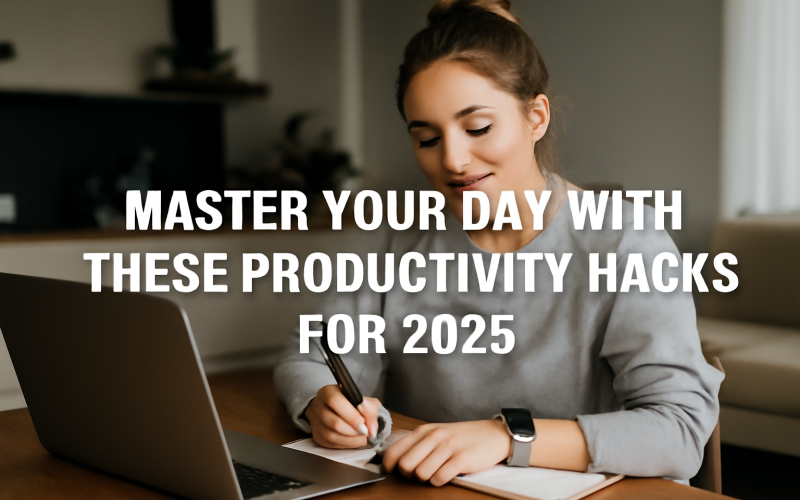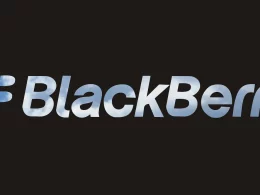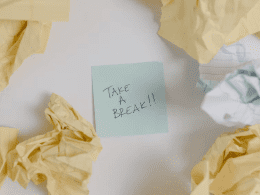Introduction
In 2025, our lives move faster than ever. We juggle remote work, family commitments, and side projects. To stay on top, we need smart efficiency strategies and focus techniques that really work. Simple methods can cut distractions, improve energy, and let us master our day from start to finish. In this guide, we’ll share the best productivity hacks for 2025. You’ll learn how to plan your time, keep sharp focus, and build daily routines that boost your mood and output. Let’s dive into these clear, step-by-step methods to make each day your most productive yet.
What Is the Pomodoro Technique?
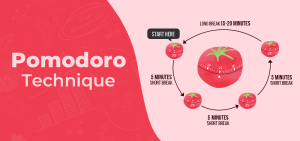
The Pomodoro Technique is one of the most popular time management tips. It breaks your work into short, focused bursts. You work for 25 minutes, then take a 5-minute break. After four cycles, you take a longer 15-minute rest.
Why it works:
The short sprints keep your mind fresh. You know a break is coming soon. This reduces burnout and trains your brain to focus in small windows.
How to start:
Use a timer on your phone or a Pomodoro app. Pick one task, set the timer, and work without interruption. When the bell rings, stand up, stretch, or grab water. After four rounds, take a walk or meditate.
Tip:
Adjust the time blocks if 25 minutes feels too long or short. Some people prefer 50-minute work sessions with 10-minute breaks. The key is consistent focus and rest.
What Is Time Blocking?
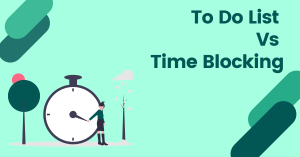
Time blocking is a powerful 2025 productivity strategy. You divide your day into blocks of time, each dedicated to a single activity. For example, block 9–10 AM for email, 10–12 PM for deep work, and 1–2 PM for meetings.
Why it works:
By assigning every hour a purpose, you avoid multitasking. Your brain knows exactly what to focus on each block. This builds momentum and limits decision fatigue.
How to start:
Use a digital calendar or a notebook. At the start of each week, sketch out your blocks. Color-code them—blue for focused work, green for meetings, yellow for breaks.
Tip:
Leave buffer blocks between tasks to handle urgent items. Over time, you’ll see patterns and can adjust blocks for peak energy times.
What Is the Two-Minute Rule?
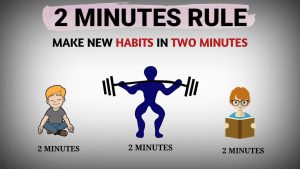
The Two-Minute Rule comes from productivity expert David Allen. If a task takes two minutes or less, do it right away. Reply to a quick email, file a document, or wash a dish—if it’s under two minutes, don’t delay.
Why it works:
Small tasks often pile up, cluttering your mind and list. By handling them instantly, you keep your workspace and to-do list clean.
How to start:
Next time you see a quick item, ask yourself: “Can I finish this in two minutes?” If yes, do it now. If not, schedule it using your time-blocking system.
Tip:
Be strict with the time limit. If it slips to three or four minutes, schedule it instead of doing it immediately.
What Is the Eisenhower Matrix?
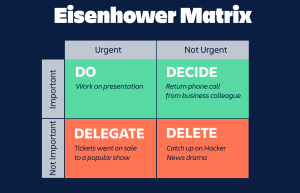
The Eisenhower Matrix helps you decide what to do now, schedule, delegate, or drop. It divides tasks into four boxes:
- Urgent & Important: Do these first.
- Important, Not Urgent: Schedule them.
- Urgent, Not Important: Delegate them if you can.
- Not Urgent & Not Important: Drop them.
Why it works:
By sorting tasks this way, you focus on what truly moves the needle. You stop spending energy on busywork and distractions.
How to start:
Draw a four-box grid on paper or use a digital tool. At the start of each day, list your tasks in the right boxes. Tackle Box 1 immediately and plan Box 2 later.
Tip:
Review your matrix weekly. Some tasks may shift boxes as deadlines approach or projects evolve.
What Are Mindful Breaks?

Mindful breaks combine rest with mental refresh. Instead of scrolling social media, take a true pause. Close your eyes for a brief breathing exercise or step outside for five minutes of fresh air.
Why it works:
Mindful breaks reduce stress and reset focus. They prevent decision fatigue and boost creativity.
How to start:
Set a gentle alarm every 90 minutes. When it chimes, pause your work. Use a guided breathing app or simply notice your surroundings. Breathe in for four counts, hold for four, breathe out for four.
Tip:
Pair mindful breaks with the Pomodoro Technique. Your 5-minute breaks become moments of calm rather than more screen time.
What Is Digital Minimalism?

Digital minimalism means using technology intentionally. You remove apps and notifications that distract you. You design your phone and computer for essential tasks only.
Why it works:
Constant pings break your focus and elevate stress. By limiting notifications, you keep your attention on meaningful work.
How to start:
Review your apps and disable non-essential alerts. Group similar apps in folders named “Work,” “Social,” and “Tools.” Set app-usage time limits and use night modes to reduce blue light.
Tip:
Schedule specific times to check social media or news. Outside those windows, keep your phone in a different room or on Do Not Disturb mode.
What Is a Morning Ritual?
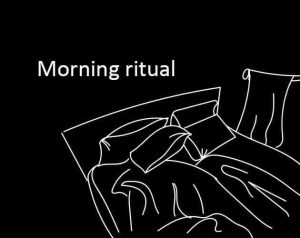
A consistent morning ritual primes your mind and body for success. This routine might include light exercise, journaling, planning your day, or reading for ten minutes.
Why it works:
Starting your day with calm, deliberate actions prevents rushed mornings. You enter work block energized and clear-headed.
How to start:
Wake at the same time each day. Begin with a glass of water to rehydrate. Spend five minutes writing down your top three goals. Do gentle yoga or stretches to wake your muscles.
Tip:
Prepare the night before: set your workout clothes by the bed and write your goals in a journal before sleep.
Table: Productivity Hack Comparison
| Productivity Hack | Key Benefit | Time to Implement |
| Pomodoro Technique | Sharp focus with regular breaks | 25 + 5-minute cycles |
| Time Blocking | Clear focus periods, less multitasking | Blocks of 30–90 min |
| Two-Minute Rule | Instant clearing of quick tasks | Under 2 minutes each |
| Eisenhower Matrix | Prioritized task management | 5–10 minutes daily |
| Mindful Breaks | Stress reduction, mental reset | 3–5 minutes each |
| Digital Minimalism | Reduced distractions | 15–30 minutes setup |
| Morning Ritual | Energized start, clear goals | 15–30 minutes |
Conclusion
Mastering your day in 2025 means blending smart productivity hacks, time management tips, and daily routines. Use the Pomodoro Technique to stay sharp, time blocking to plan every hour, and the Two-Minute Rule to clear quick tasks fast. Sort your to-dos with the Eisenhower Matrix, take mindful breaks, and limit digital noise with minimalist tech use. A simple morning ritual charges your mind and body for success. With these focus techniques, you’ll boost your 2025 productivity, reduce stress, and make every workday your best yet.
Call-to-Action (CTA): Ready to level up your productivity? Choose one hack today and watch your efficiency soar. Try our free productivity planner to get started!






